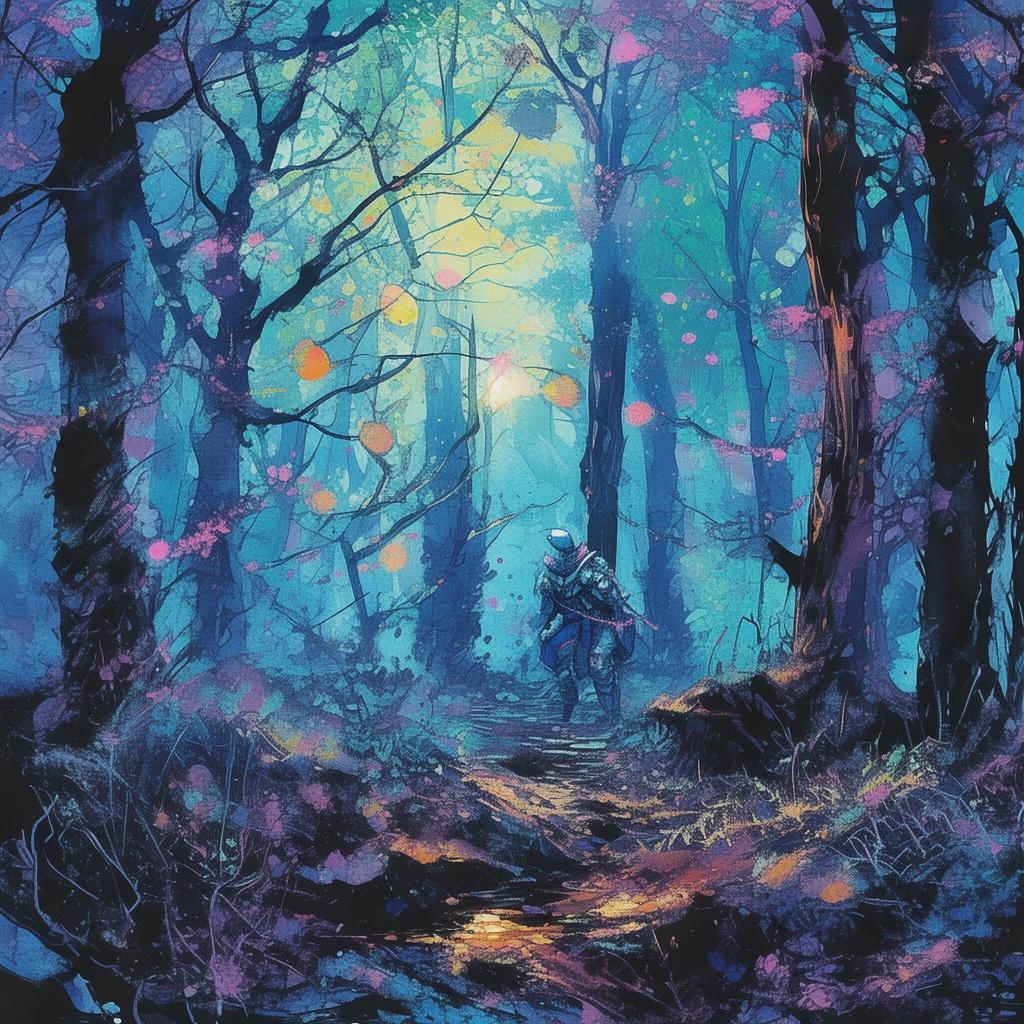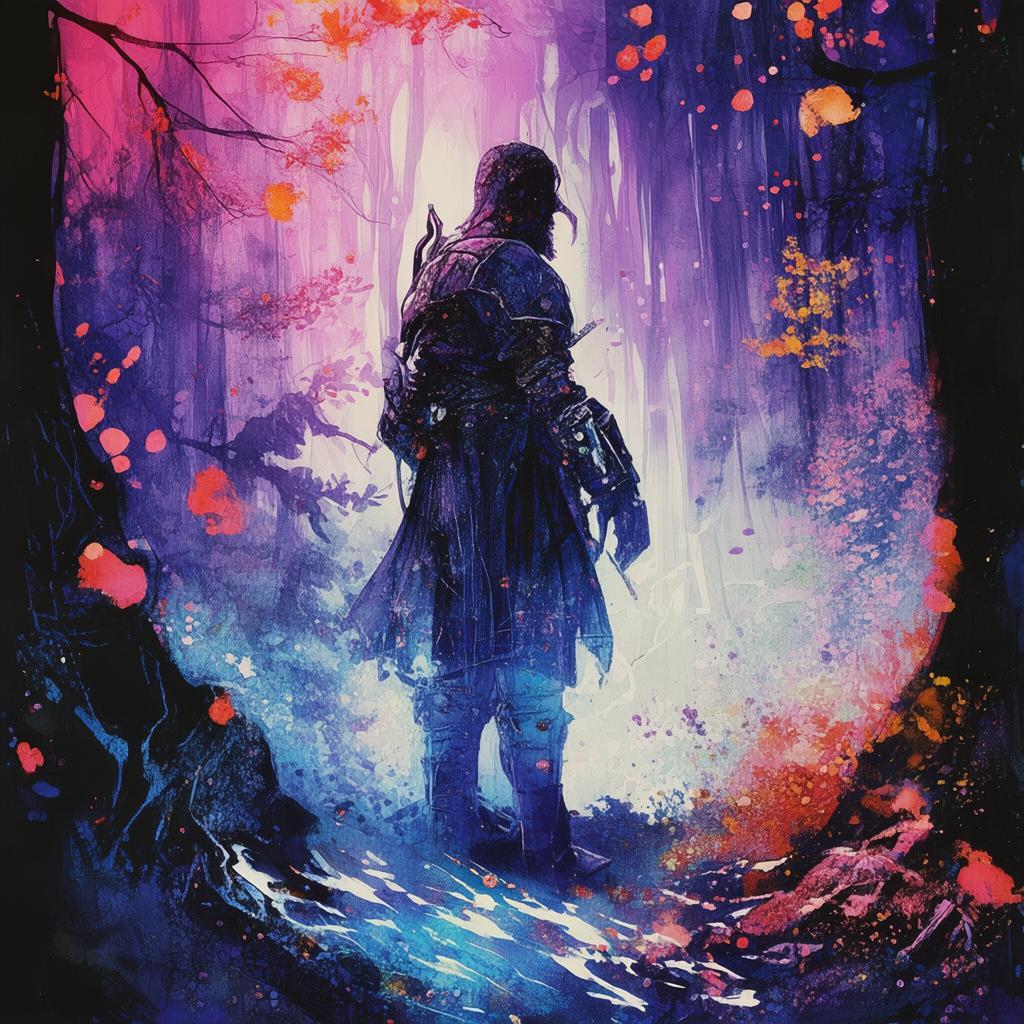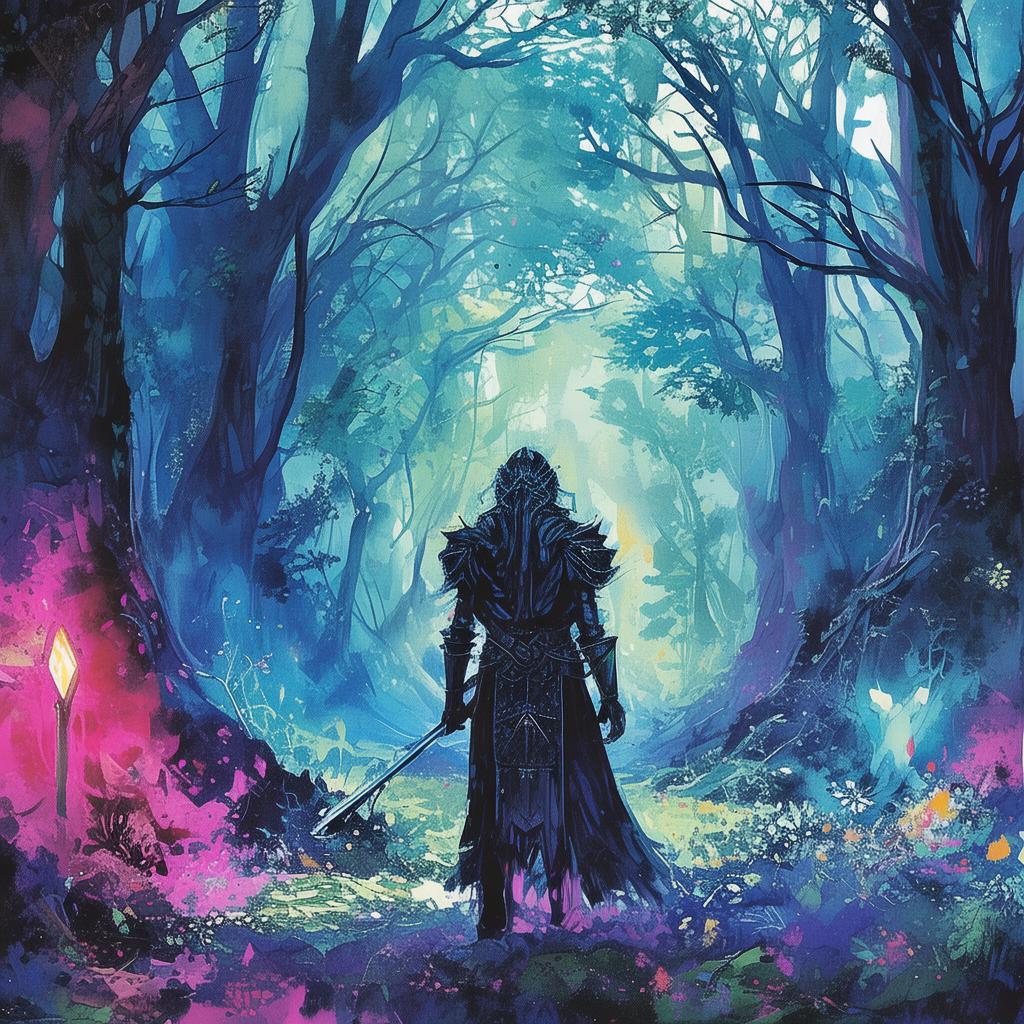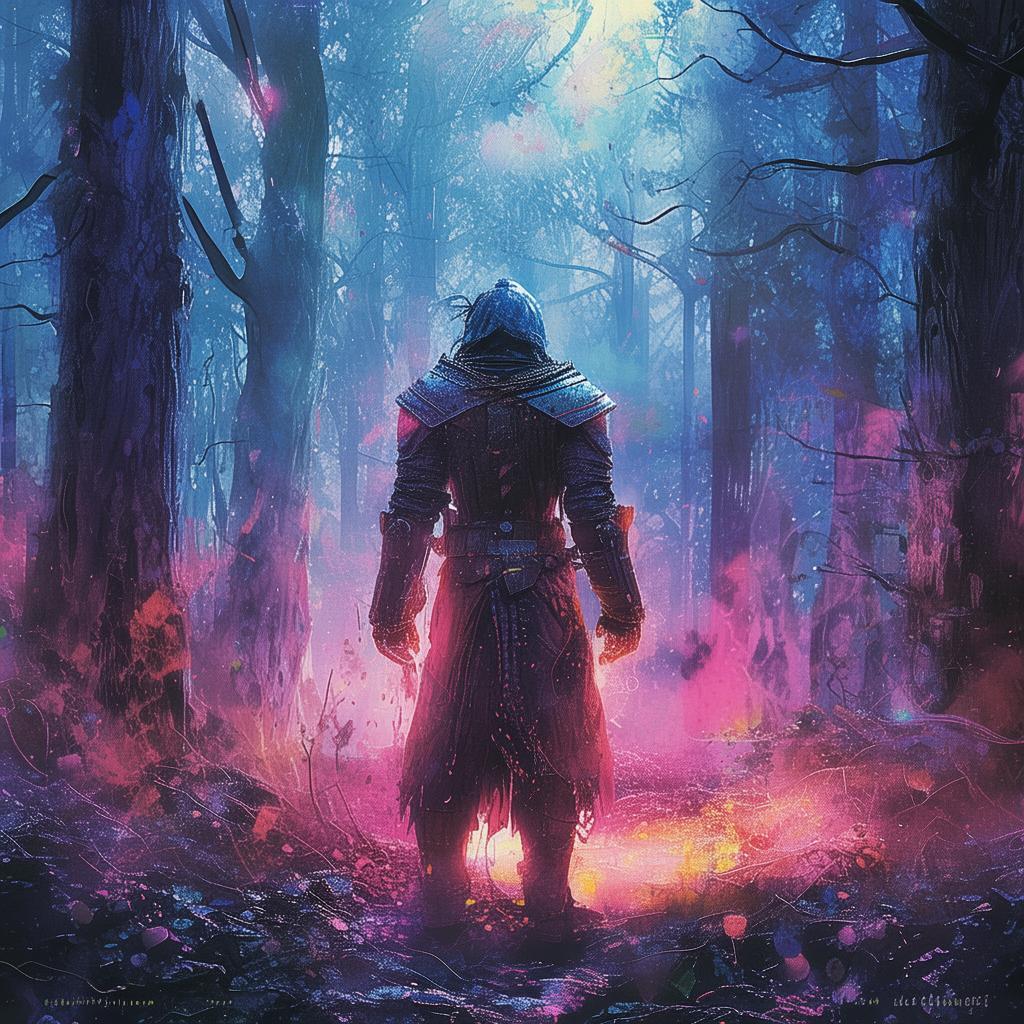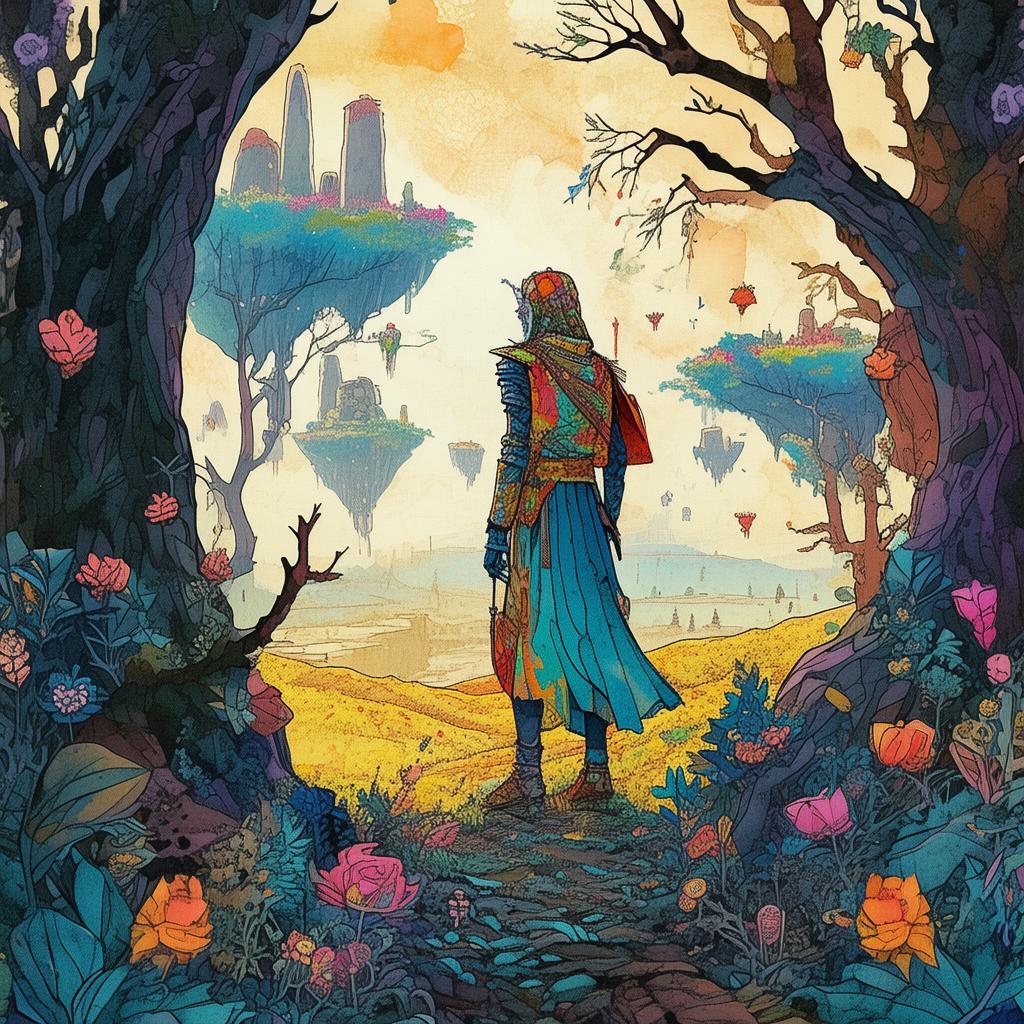The White Cow's Curse: The Last Harvest
In the year 2147, the world was a tapestry of contradictions. On one hand, humanity had reached unprecedented technological heights, harnessing the power of artificial intelligence and genetic engineering to solve the most pressing problems of the age. On the other hand, the gap between the rich and the poor had widened, and the remnants of a global environmental catastrophe loomed like a dark cloud over the horizon.
Amidst this complex backdrop, Dr. Elara Voss, a brilliant yet unassuming geneticist, made a discovery that would change the course of history. In a small, secluded farm nestled in the remnants of a deforested landscape, Elara discovered a white cow with an unusual coat and an even more extraordinary genetic makeup. The cow's DNA was a perfect synthesis of all known species, making it a potential savior against the food shortages that plagued the world.
Elara's colleagues and peers were thrilled at the prospect of such a discovery. With the white cow's genes, they could engineer crops that could withstand harsh weather conditions, provide nutrients in times of scarcity, and potentially reverse the effects of soil depletion. The media hailed it as the "Last Harvest," a beacon of hope for a world that had all but given up on itself.
As the excitement grew, so did the controversy. The white cow's existence was shrouded in mystery; it had appeared suddenly, without a clear origin. Rumors swirled that the cow was cursed, a creature of a world that no longer existed, and that its genes carried the weight of ancient taboos.
Elara, driven by her own moral compass and a deep-seated respect for life, began to question the ethics of using the white cow's DNA. She remembered the old legends, tales of forbidden knowledge and the perils of tampering with nature. The more she delved into the cow's past, the more she realized that the creature's white coat was more than just a genetic quirk; it was a symbol of purity and innocence.
One evening, as Elara stood in her laboratory, staring at the white cow's DNA sequence, she made a decision that would alter the course of history. She decided to release the sequence to the public, allowing humanity to decide what to do with it.
Word of her decision spread like wildfire. Some hailed her as a hero, while others branded her a traitor. The scientific community was split, with some demanding the immediate use of the DNA for the greater good and others advocating for a moratorium on its application.

As the debate raged on, Elara found herself the target of a relentless smear campaign. Accusations of heresy and madness filled the headlines, and she was ostracized by her colleagues. But she remained steadfast in her resolve, knowing that the white cow's curse was not just a threat; it was also an opportunity for humanity to reflect on its values.
The climax of the story arrived when the genetic sequence was released to the public. Overnight, the world became a testing ground for the white cow's DNA. Farmers, scientists, and governments alike scrambled to implement the technology, hoping to see immediate results.
But as the years passed, the true nature of the white cow's curse began to reveal itself. The engineered crops thrived in the face of adversity, but at a terrible cost. The world's soil began to degrade, and the creatures that consumed the crops displayed bizarre and often harmful mutations. It became clear that the white cow's DNA was not a gift but a warning, a reminder of the consequences of ignoring the lessons of the past.
In the end, Elara was vindicated. Her foresight had saved humanity from the brink of disaster, albeit at a great cost. The world had been given a second chance to learn from its mistakes, to choose between short-term gains and long-term sustainability.
The white cow's curse became a legend, a cautionary tale told to generations to come. Elara Voss, the woman who had uncovered the truth, was remembered as both a visionary and a savior, her legacy etched into the annals of history.
As the story of the white cow's curse spread, it sparked a global movement for environmental stewardship and ethical science. The legend of Elara Voss served as a reminder that the future was not predestined but shaped by the choices humanity made in the face of extraordinary challenges.
✨ Original Statement ✨
All articles published on this website (including but not limited to text, images, videos, and other content) are original or authorized for reposting and are protected by relevant laws. Without the explicit written permission of this website, no individual or organization may copy, modify, repost, or use the content for commercial purposes.
If you need to quote or cooperate, please contact this site for authorization. We reserve the right to pursue legal responsibility for any unauthorized use.
Hereby declared.

